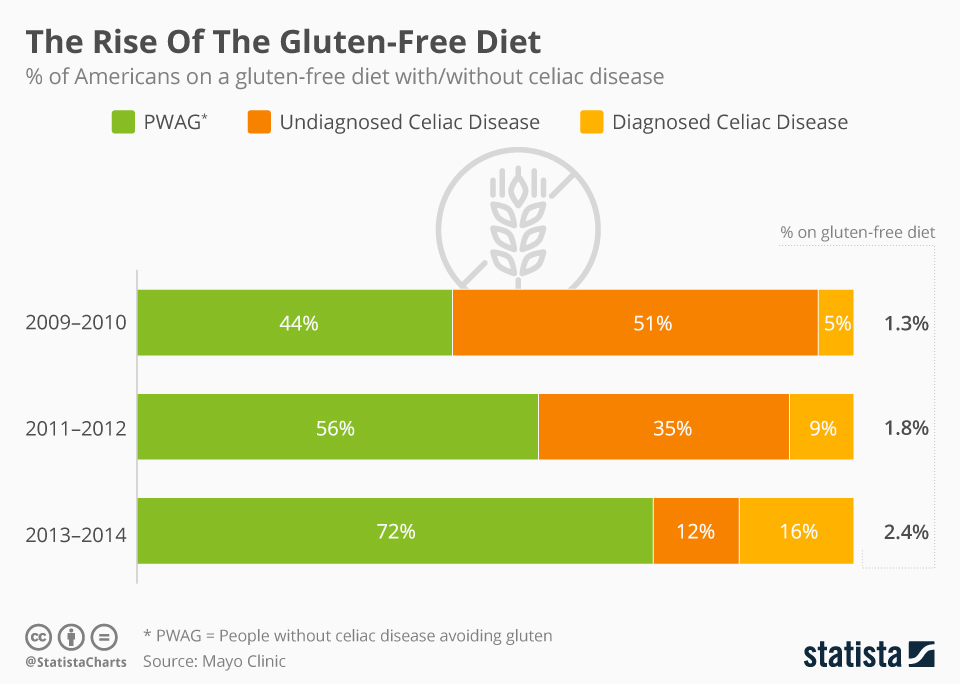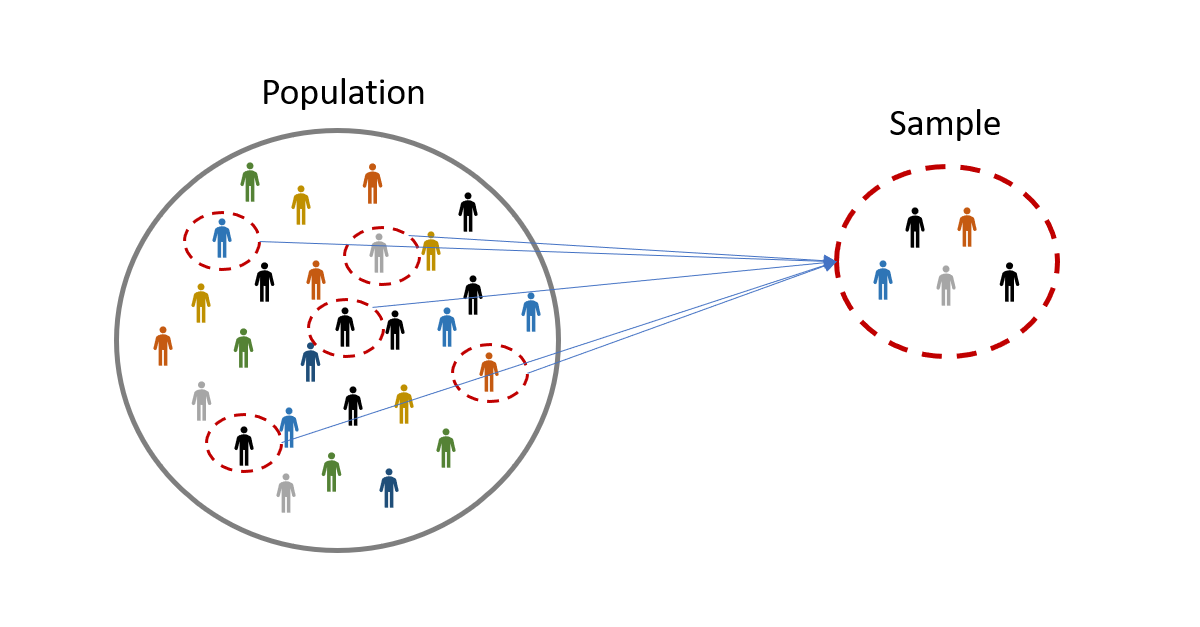underlying the scientific standard across most fields
Question
What is the goal of science?
In laymanns terms, the goal of science is to explain and describe the natural world through meaningful abstractions.
The fundamental “theorem” of science is that it is purposefully imperfect - we are constantly updating our world model through new theories and experiments. Scientists want to have their ideas proven incorrect, as this symbolizes progress in the field.
There are things that out outside the space science can explore. This includes the ideas of morality and personal beliefs, and other concepts like the idea of the supernatural.
Process of Science
Namely, there is a set of core components common to all scientific analyses methods, although there is no pre-determined path or formula.
Some of these include:
- Peer Review
- Questions
- Observations
- Data Collection and Analysis
- Observations
- Developing Hypotheses and Predictions
Most, if not all scientists, are inherently curious:
- Why does…? How does…?
- How can I Solve this problem?
- What more can I learn about…?
graph TD; A[Observation] --> B{Question}; B --> C[Hypothesis]; C --> D[Experiment]; D --> E{Analysis}; E --> F[Conclusion]; F --> C; E --> G[Hypothesis is incorrect]; G --> C;
Gluten
Gluten has some notable properties that make it a useful material in cooking and baking. The process by which we find out these properties is a good example of the scientific method in action.
Question: How Can the Properties of Gluten-free Products Be Improved?

This is where another step in the scientific process comes in: Hypotheses and Hypotheses testing
Definition
Hypothese: an educated guess or proposed explanation for a phenomenon, based on existing knowledge and observations. It is a testable statement that can be supported or refuted through experimentation and data collection.
Definition
Prediction: a specific, testable statement that outlines what will happen in an experiment if the hypothesis is correct. It is a logical consequence of the hypothesis and provides a basis for designing experiments to test the hypothesis.
Scientists’ Hypothesis
Some scientists came up with a new hypotheses:
Flour used to make gluten-free breads lack molecules that can form structures similar to gluten proteins
And a new prediction:
Addition of molecules that can form structures similar too gluten will improve the quality of gluten-free breads
There is actually an example that fits this bottleneck quite well:
Example
Carbohydrates that form long, coiled structures (e.g. xanthan gum, guar gum) are often added to gluten-free breads to improve their texture and elasticity.
How Scientists Can Test This
Adding more to our scientific process, we can now design an experiment to test this hypothesis and prediction.
- measurable
- things we can quantify
- test one thing
- change one variable at a time and keep everything else constant, seeing what happens
- control group/condition
- compare to a group that does not receive the experimental treatment
- repeated
- repeat the experiment multiple times to ensure results are consistent
- tested in multiple ways
- observe the same phenomenon using different methods or approaches to ensure the results are robust and not dependent on a specific technique
Returning to the prediction formed earlier, what else can we add?
Have four groups:
- Rice flour and tapioca flour (common gluten-free flours)
- Rice flour, tapioca flour, and xanthan gum
- Rice flour, tapioca flour, and guar gum
- Wheat flour (control group)
Key Point: Sample size matters
results obtained from a larger number of sample are more likely to reflect the actual effects of the variable you are testing
If you had a , you might see that prefer having more chips on chocalate chips.
But if you had a , you might see that only prefer having more chips on chocalate chips.
This is like a Markhov Chain - where the more you traverse the state tree, the closer the probabilities get to the ones you observe
